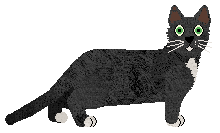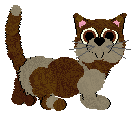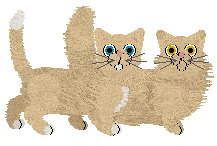Although dwarf breeds of dog have been known for centuries, the first dwarf cat breed has been the subject of controversy since it was first introduced to the show bench. Munchkins were developed in the 1980s after a pregnant female named Blackberry was discovered. Using domestic shorthairs, the breed was developed under the oversight of TICA’s Genetics committee, which determined the dwarfism gene was dominant. They were fully accepted by TICA in 2002, bringing them to mainstream cat fancier’s attention; European registries such as FIFe and GCCF, always very health-conscious, immediately banned their showing and breeding on the basis it was perpetuating a genetic disease. (These registries also restrict popular, established breeds such as Scottish Folds on this basis – it’s not a Munchkin-specific prejudice.) However, Munchkin breeders insist that their cats are not subject to the spinal issues known to occur in dwarf dog breeds as feline spines are more flexible by nature. The breed remains new and rare enough that large longitudinal studies on the breed’s health have not been commissioned by veterinary research institutions, leaving the ultimate fate of the Munchkin breed uncertain.
Munchkin breeders describe their cats as “racy” and “badger-like”. They love the low, slinky movement of their cats and the otherwise moderate, generic type. Using domestic shorthairs as outcrosses has ensured that the Munchkin, much like the American Curl, has developed its own type rather than mimicking the type of established breeds. They are a small, outgoing breed known for standing on their hind legs like a meerkat.
Type & judging remarks
Thick, semi-foreign body on short, straight, evenly-spaced legs. Head style is moderate, with high, defined cheekbones. Coat is resilient and “all-weather”, regardless of length. Cowhocking, protruding sternum, sway back, or excessive bowing of the legs are penalized.











 in any amount.
in any amount. 


 dark
dark 







